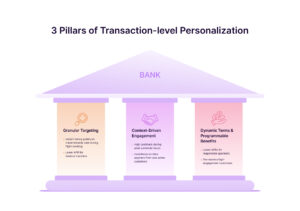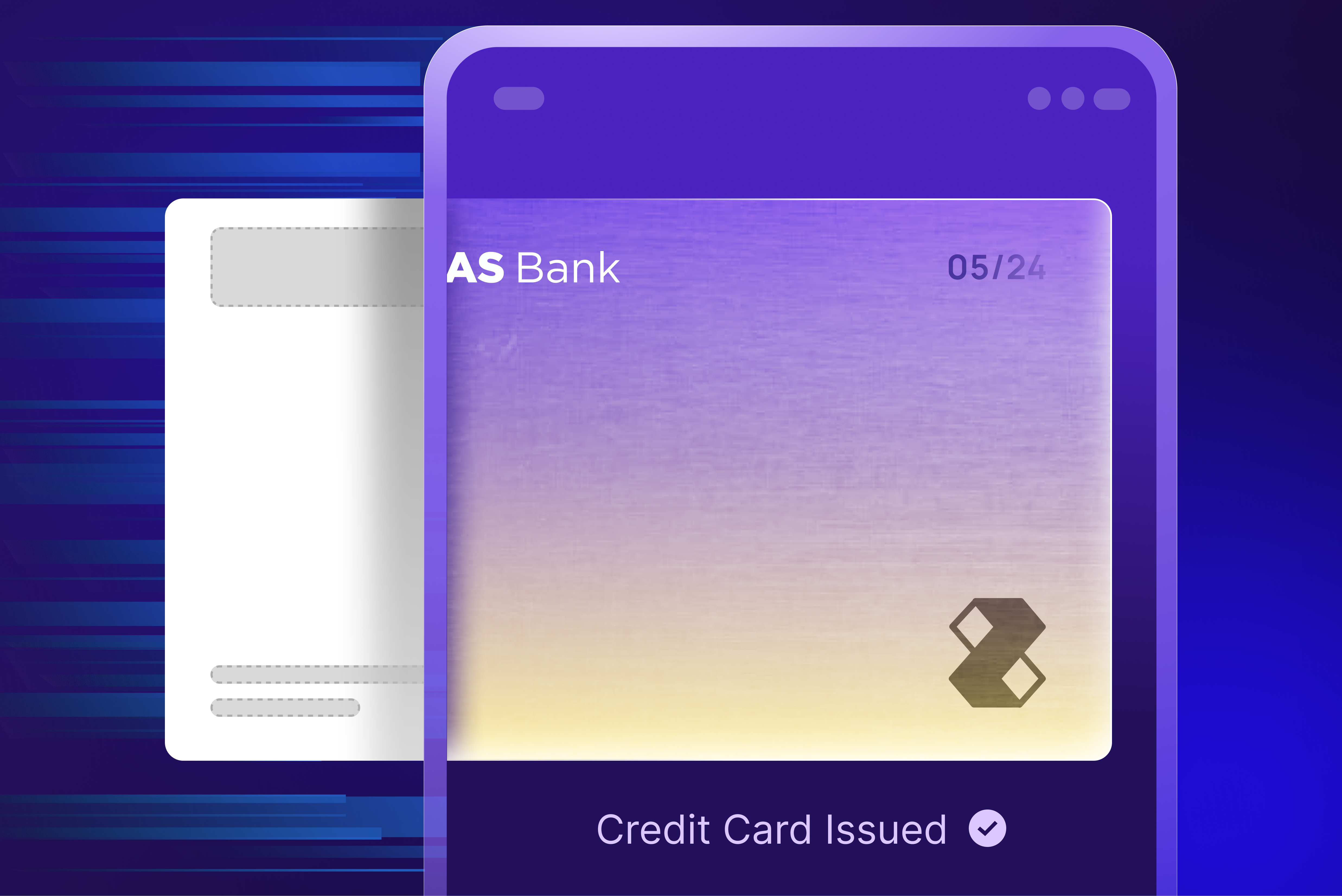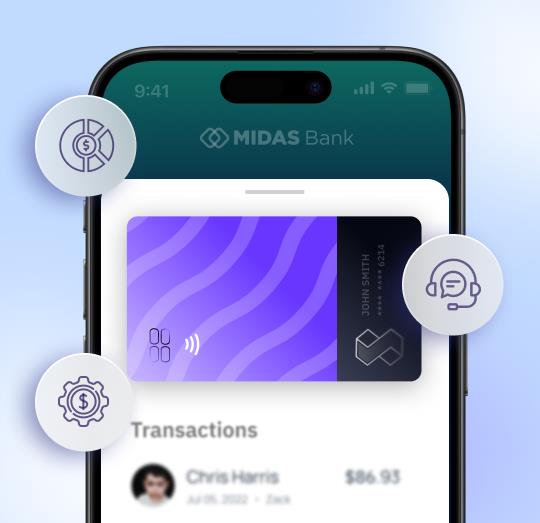Transaction-Level Personalization: The End of Credit Card Commoditization

Contents
- Why Traditional Differentiation is a Losing Game
- Current Personalization is Outdated and Ineffective
- Transaction-Level Personalization: The Only Way Forward
- Why Issuers Must Act Now
The credit card industry has hit an inflection point. The old playbook – stacking rewards, tweaking APRs, bundling products – has run out of steam. With 83% of outstanding balances concentrated among the top 10 issuers1 and nearly half of consumers viewing credit card offerings as interchangeable2 , the industry is witnessing commoditization, shrinking margins, and eroding loyalty.
Moreover, rate comparison websites have made product features transparent and stripped away any pricing advantage, and fintech innovators continue redefining consumer expectations.
Why Traditional Differentiation is a Losing Game
Banks have spent the last decade competing on the same levers:
Rewards Inflation: A 20% increase in rewards expenses per card3 (from $139 to $167 between 2015-2018) has done little to build real customer loyalty.
Bundling Failure: Cross-sell penetration remains a weak 10-20% – a glaring missed opportunity.
Scale-Driven Efficiency: While major issuers benefit from economies of scale, no one has truly disrupted cost structures or operational efficiency.
Credit cards have become a zero-sum game – one where banks keep spending more to offer the same commoditized experience. Yet, most issuers continue doubling down on the same strategies, expecting different results. The truth? Competitive differentiation in credit cards no longer exists – at least not in any way that truly matters to consumers.
Current Personalization is Outdated and Ineffective
Most existing efforts at personalization of credit card offerings remain reactive, falling into one of four models:
Product-Level Customization: Offering different pricing structures for various card types (e.g., premium vs. standard cards), but ignoring actual spending behavior.
Segment-Level Customization: Defining customers by broad demographic groups rather than their individual financial habits.
Batch Offers: Sending targeted promotions to predefined segments while ignoring high-value, non-traditional customers.
Static Rewards & Incentives: Applying one-size-fits-all promotions rather than dynamically adjusting benefits based on real-time usage patterns.
Delivering a truly bespoke customer experience remains elusive, constrained by legacy systems and a lack of granular data utilization. The industry must move toward programmable, real-time personalization at the transaction level.
Transaction-Level Personalization: The Only Way Forward
The future of credit card differentiation lies in real-time, transaction-aware engagement – where every customer interaction is contextual, dynamic, and personalized at the moment of purchase.
Three Core Pillars of Transaction-Level Personalization
1. Granular Targeting: Moving Beyond Portfolio-Level Offers
Instead of treating customers as part of a broad portfolio, banks must personalize at the individual cardholder and transaction level. Such hyper-personalized engagement aligns with individual spending behaviors and financial needs.
For example-
- A travel rewards cardholder booking a flight should receive an instant bonus points offer.
- A balance transfer cardholder making a large payment should be proactively offered a temporary APR reduction.
2. Context-Driven Engagement: Understanding the “Why” Behind Every Purchase
Issuers must stop relying on historical data and start reacting to real-time transactional context. Adaptive, real-time personalization dynamically responds to what the customer is doing in the moment.
Here are some examples:
- Time-Based: Double rewards on birthdays, 0% APR during key spending periods.
- Merchant-Specific: Higher cashback at gas stations during peak commute hours.
- Channel-Specific: Instant discounts for purchases made in-app versus in-store.
- Spending Patterns: Grocery shoppers get targeted promotions at preferred retailers.
- Payment Behavior: Sub-prime customers receive incentives for on-time payments.
3. Dynamic Terms & Programmable Benefits
Static terms and conditions are relics of traditional banking. Credit cards of the future must have programmable, dynamic benefits based on customer behavior. For example-
- Personalized Interest Rates: Lower APRs for responsible spenders.
- Adaptive Fees: Fee waivers for customers exhibiting high engagement.
- Onboarding Incentives: Smart fee discounts based on transactional patterns
The end goal? A living, breathing credit card experience – one that evolves with the customer.

Why Issuers Must Act Now
The technology to deliver transaction-level personalization already exists. The data is readily available. The missing element is execution.
Banks that fail to move aggressively on this shift will lose market share to competitors who already recognize the power of real-time engagement.
The biggest risks to inaction include:
- Deteriorating Margins: The cost of customer acquisition will continue to rise as traditional differentiation strategies become less effective.
- Increased Customer Churn: The industry will see higher attrition rates as consumers opt for solutions that offer hyper-personalized experiences.
- Loss of Relevance: The banks that cling to traditional personalization models will eventually find themselves competing on price alone – a race to the bottom that few can win.
The industry has reached a decisive moment. Transaction-level personalization is no longer optional – it is inevitable. The only question is: Who will be first to execute at scale?
The future of credit cards is not about who offers the biggest sign-up bonus. It is about who understands their customers best – at the moment they swipe their card.
References



